ريتشارد أنوسزكيوفيتش (b.1930)
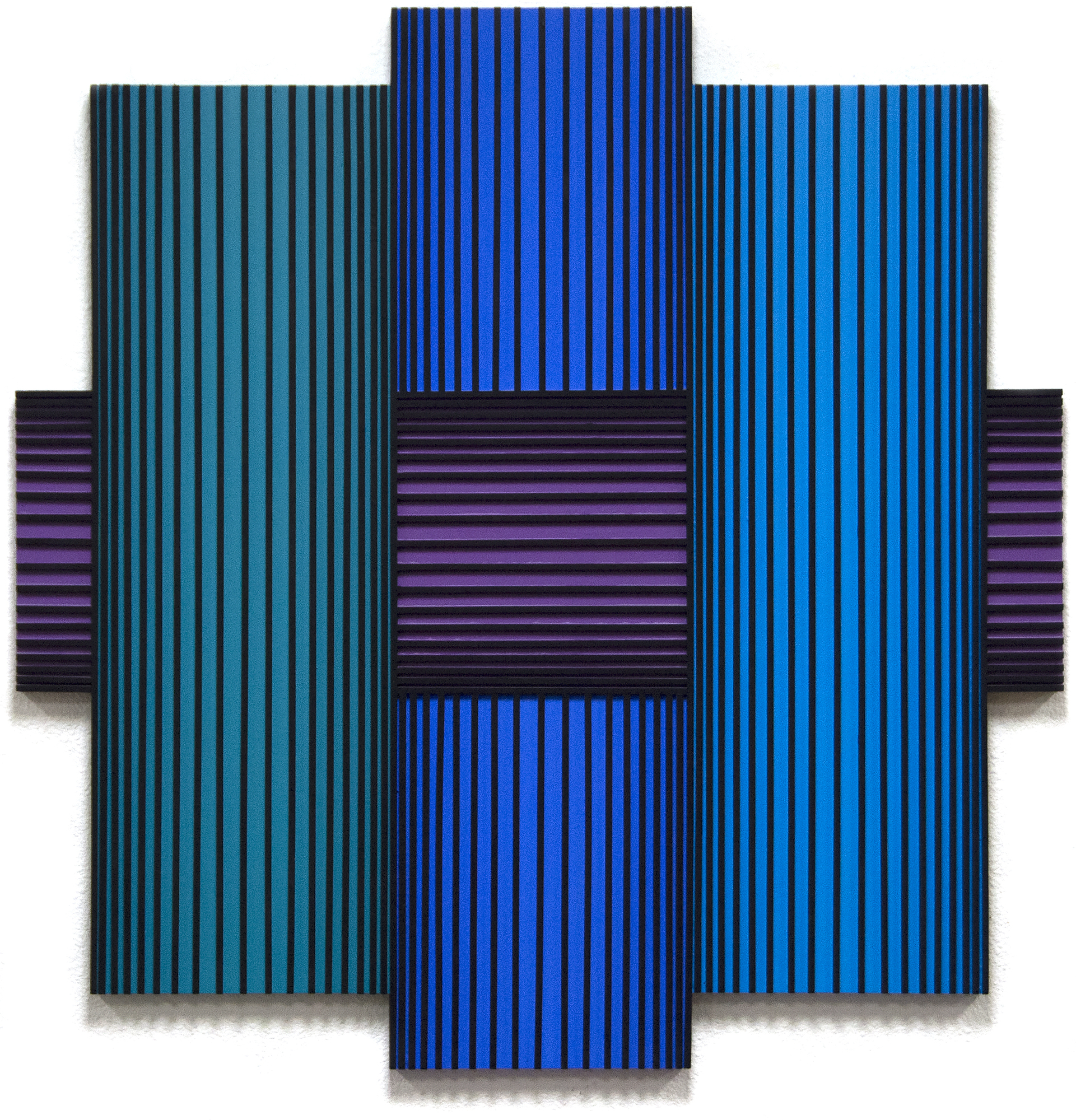
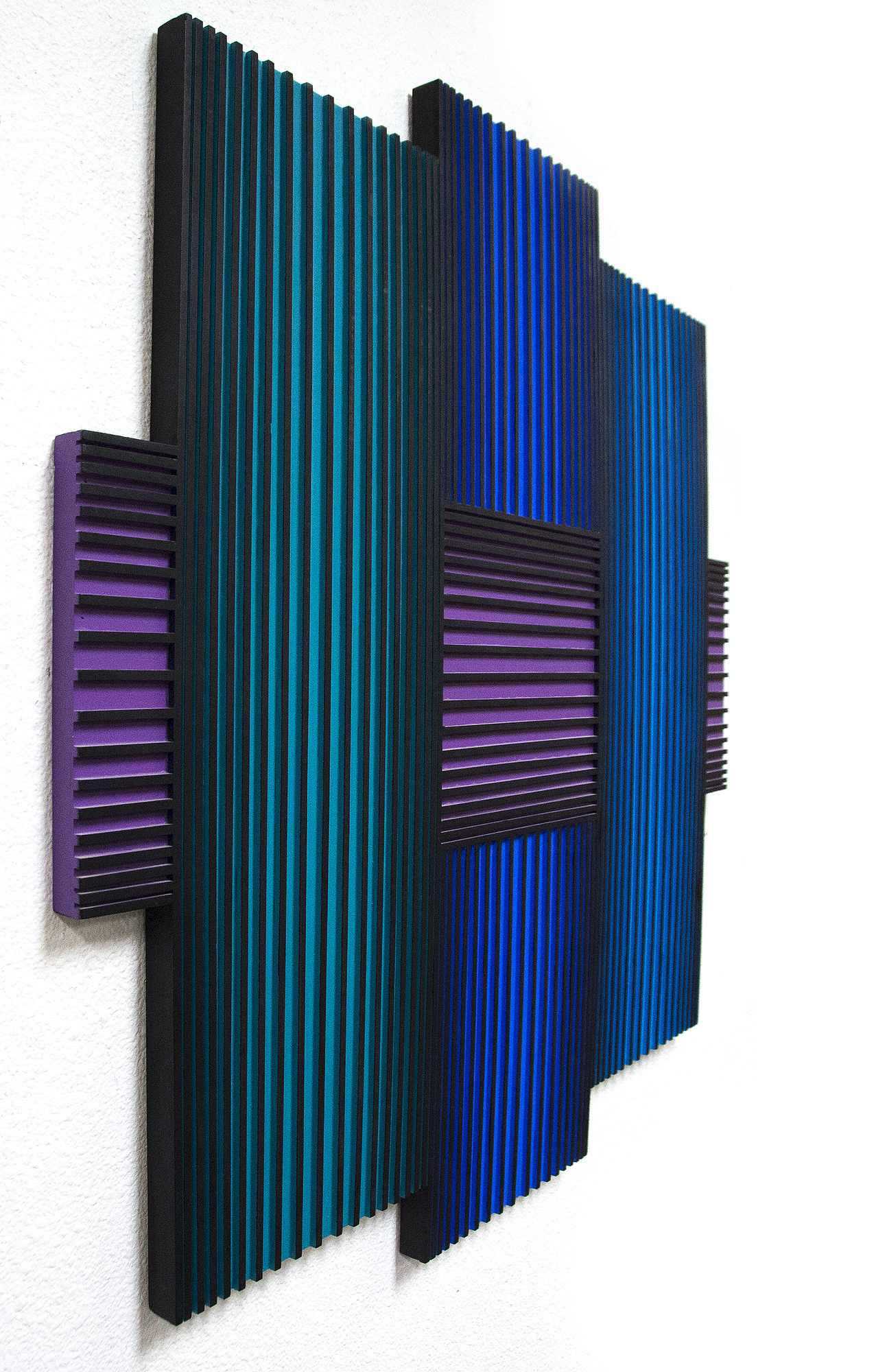
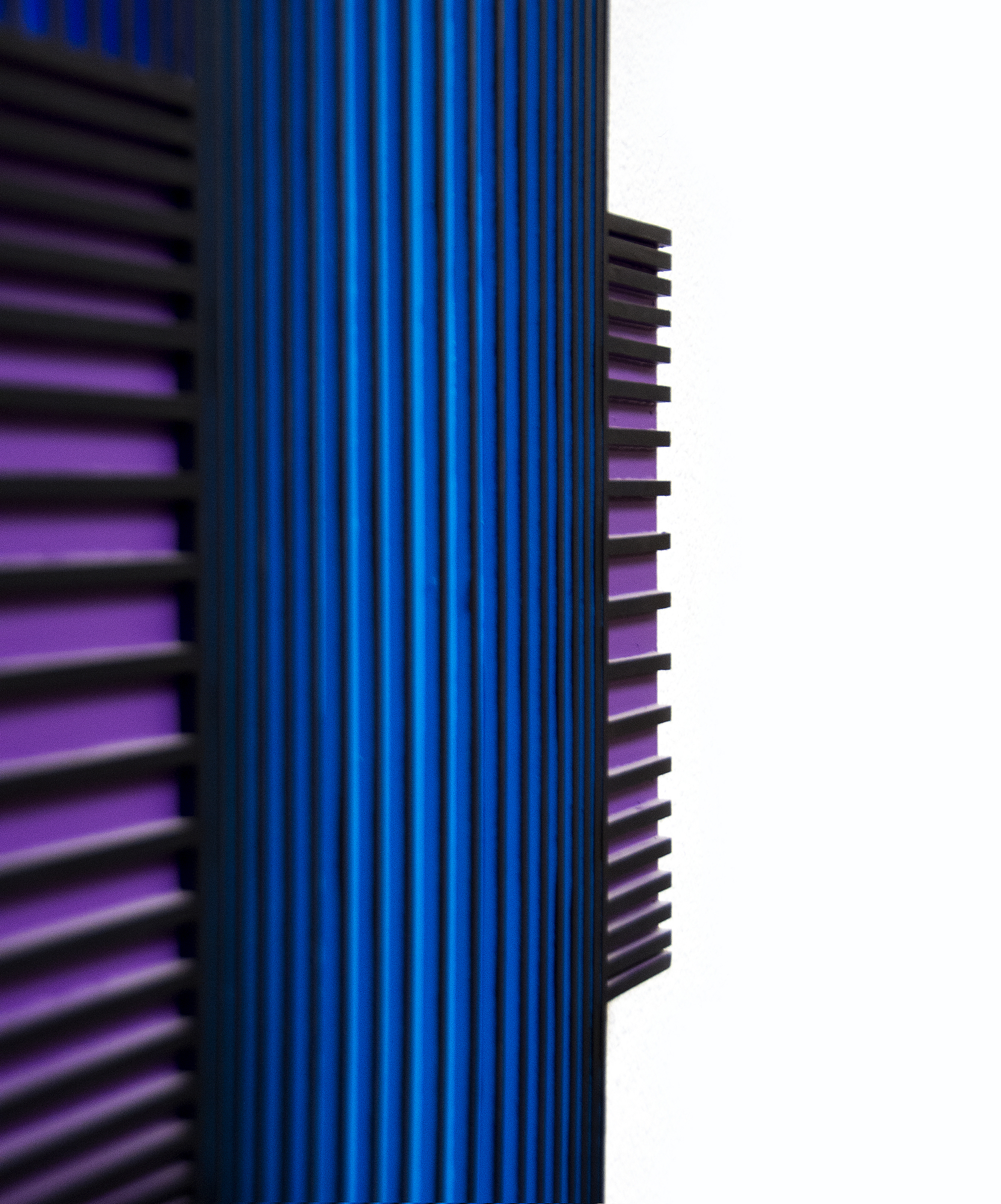

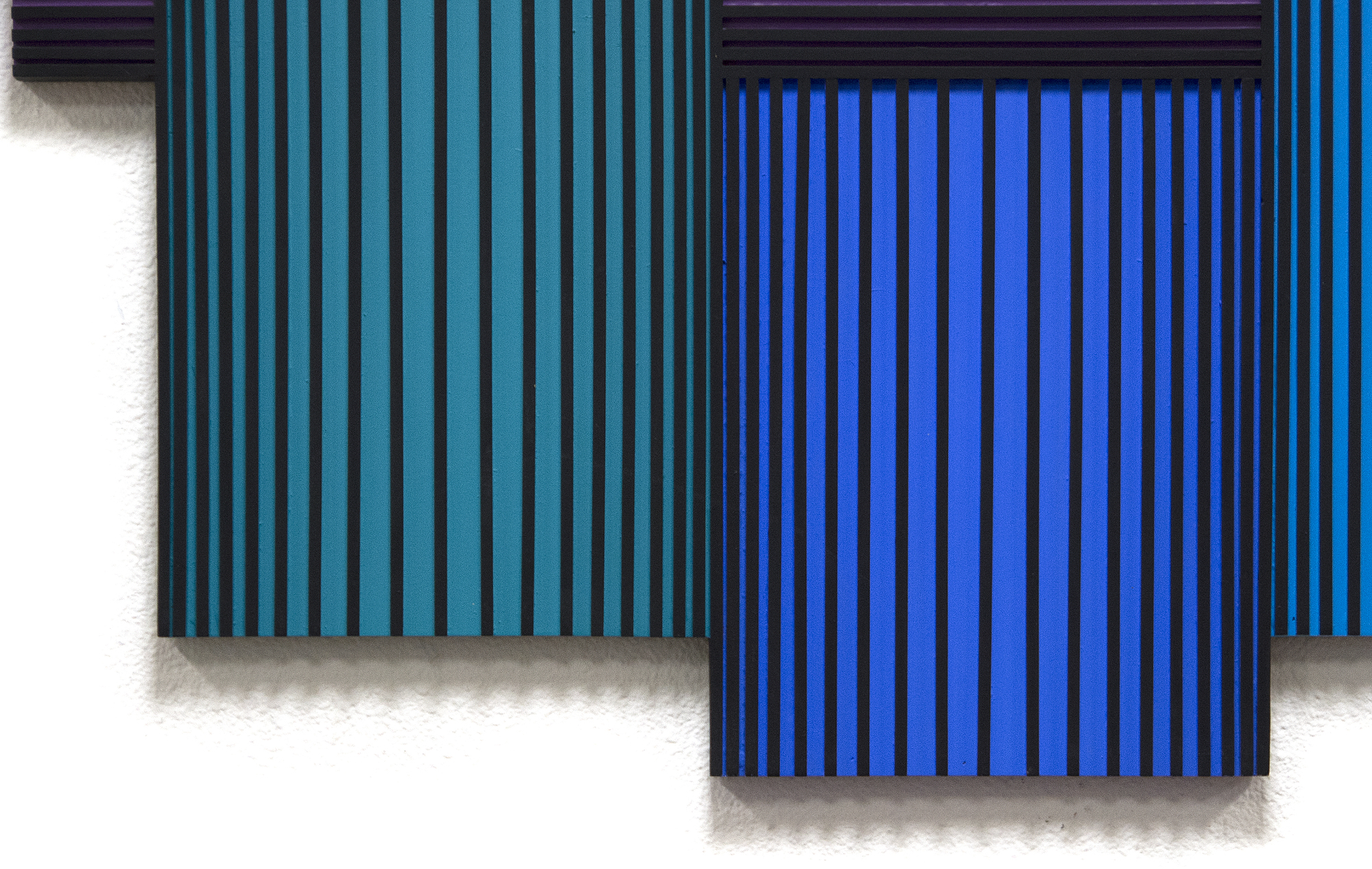
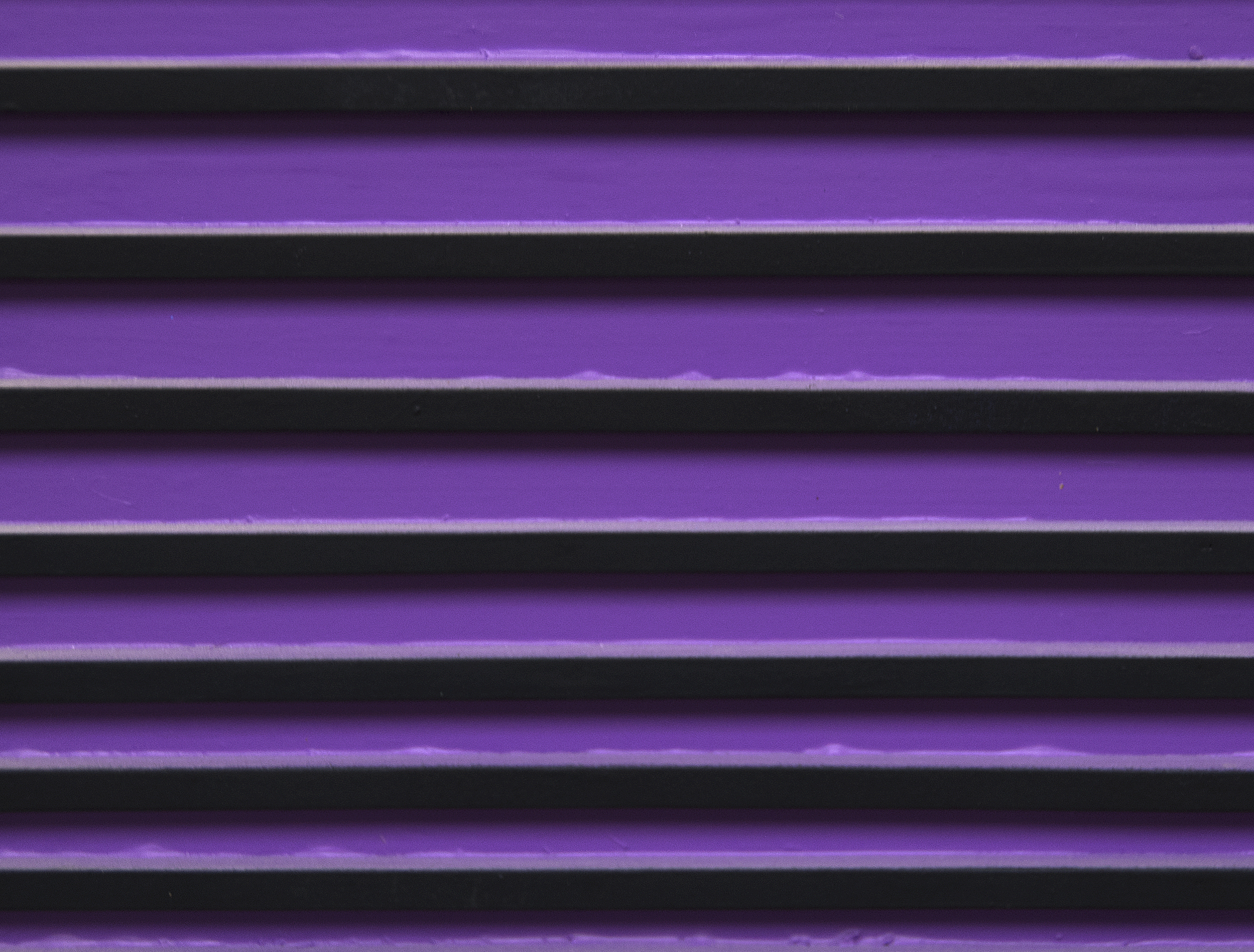

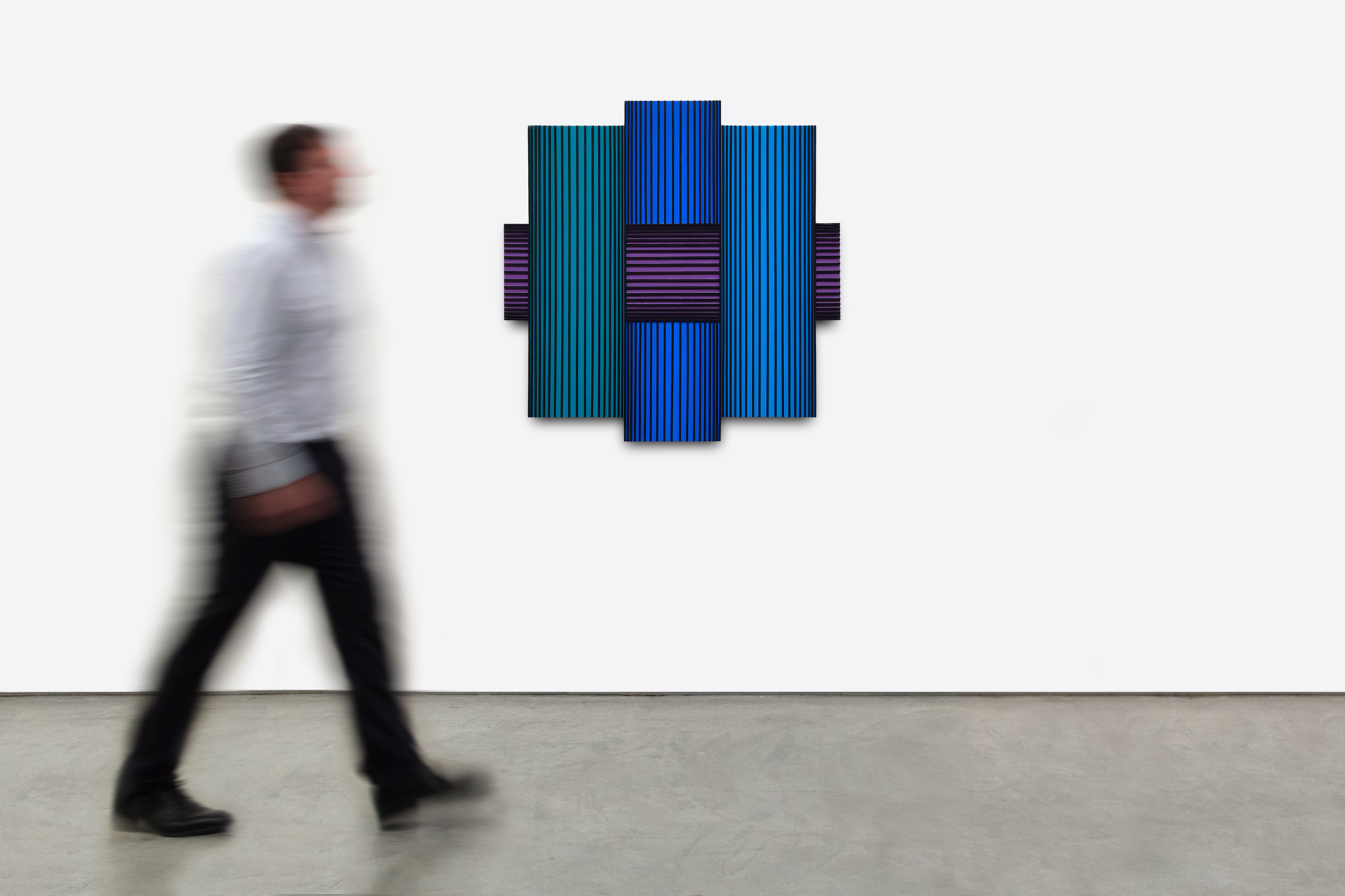
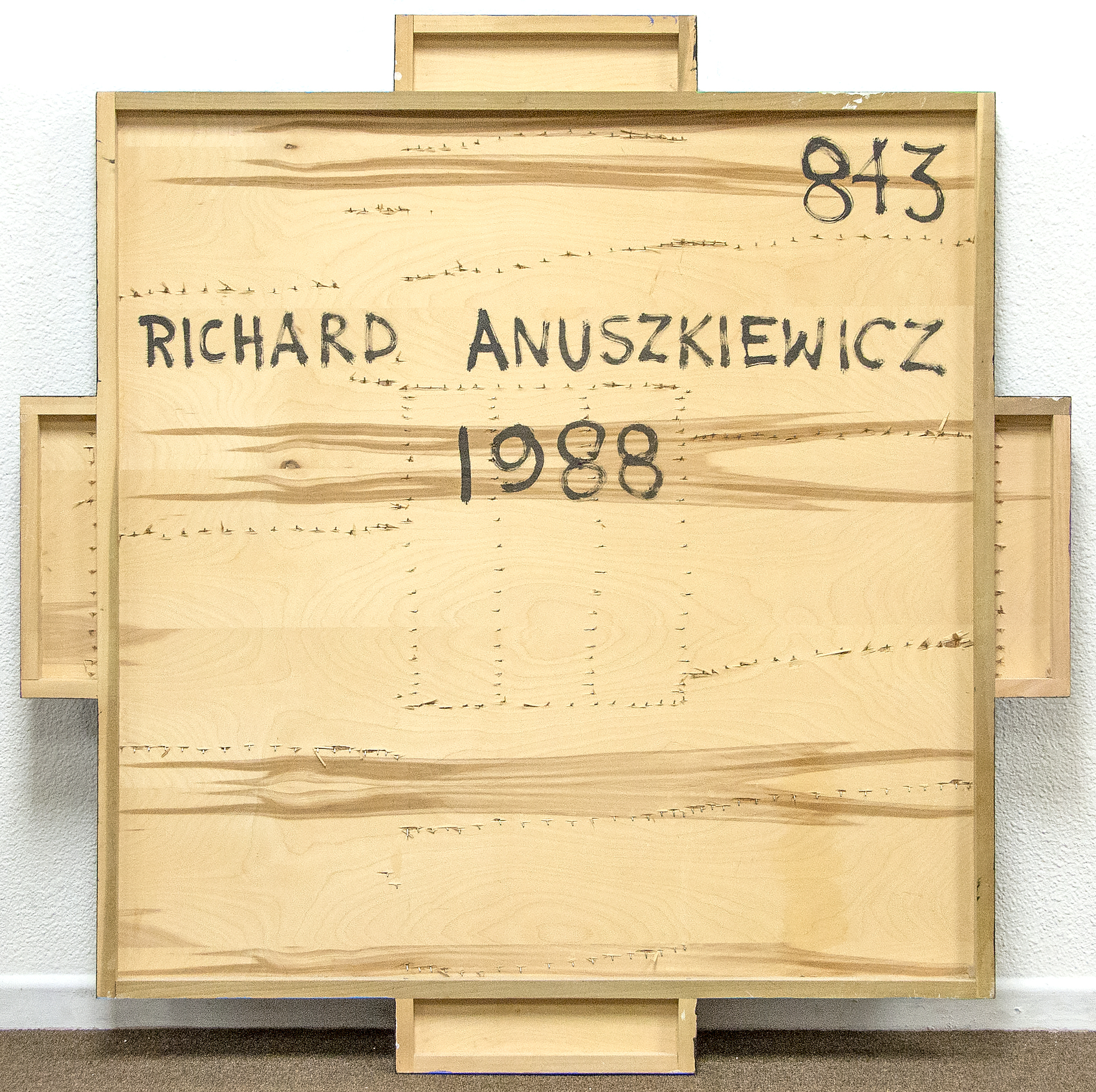
الاصل
مجموعه من الفنانتشارلز فولي غاليري ، كولومبوس ، أوهايو
مجموعه خاصه ، كاليفورنيا ، 1988
هيذر جيمس فأين أرت ، كاليفورنيا
مجموعه خاصه ، كاليفورنيا ، 2019
105,000
طالب من ألبرس، ريتشارد Anuszkiewicz، استخدم المينا والطلاء الاكريليك على الخشب في مثل هذه الطريقة لخلق مؤلفاته لا هوادة فيها والدقيق. ويمكن الشعور بشعور كبير من العمل في العمل الحالي، "ترانسلومينا". القطعة الشقيقة ل "ترانسلومينا"، "ترانسلومينا الثاني" (1986)، هي في المجموعة الدائمة لمعرض أولبرايت نوكس للفنون، بافالو.


